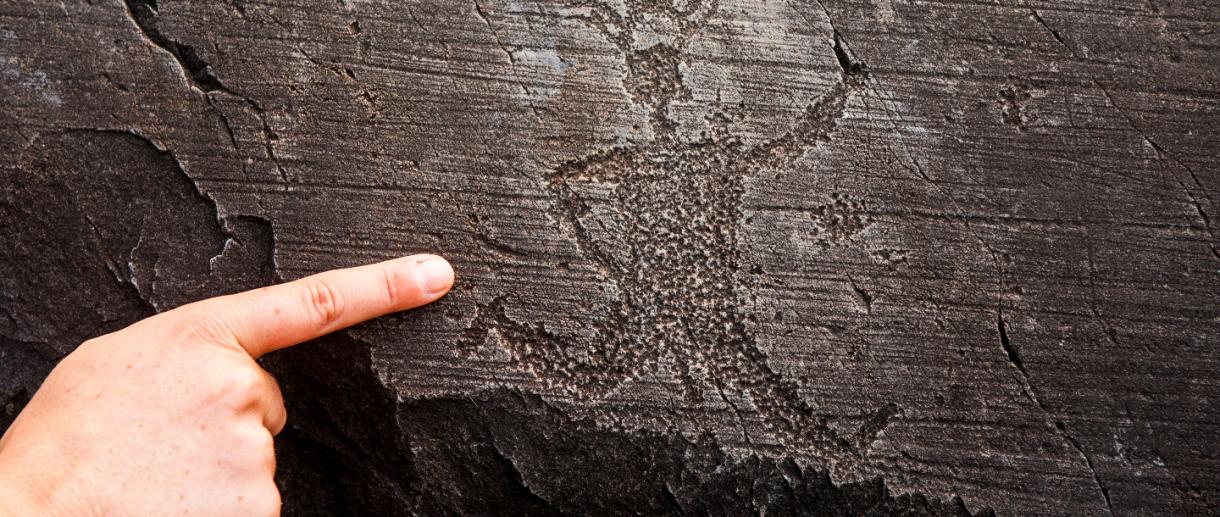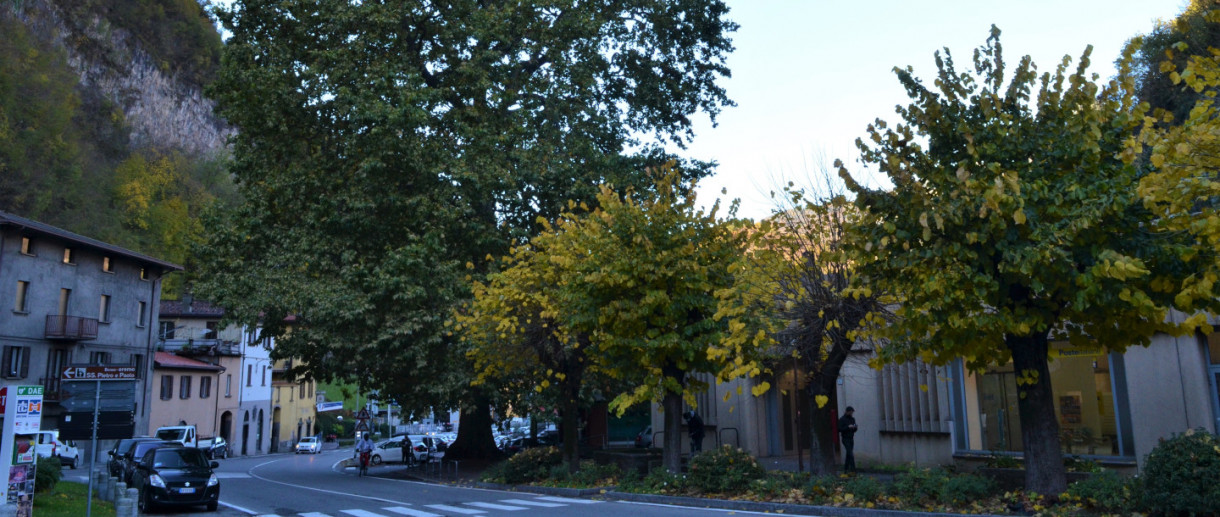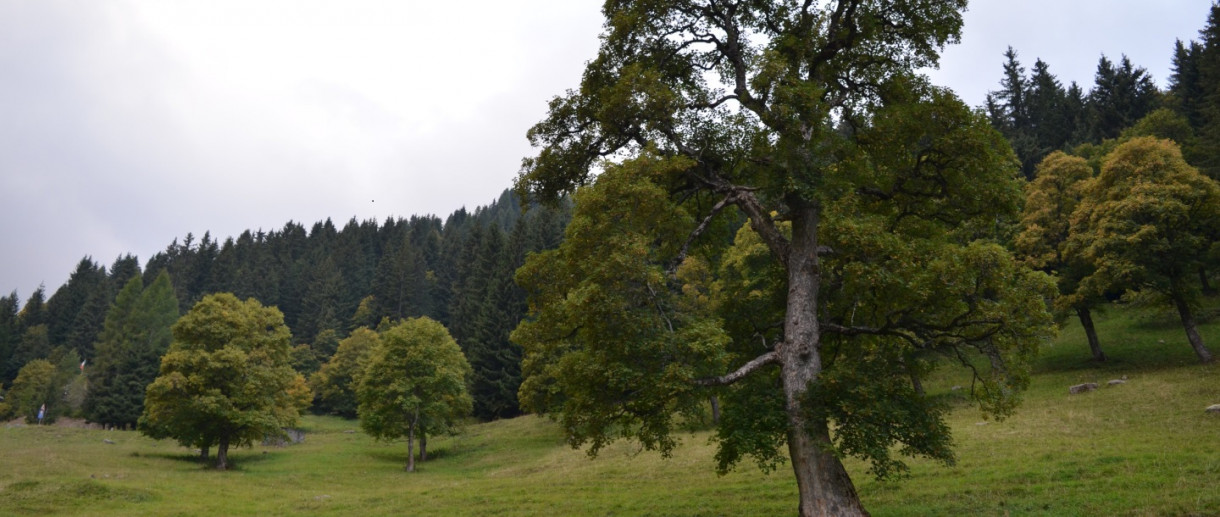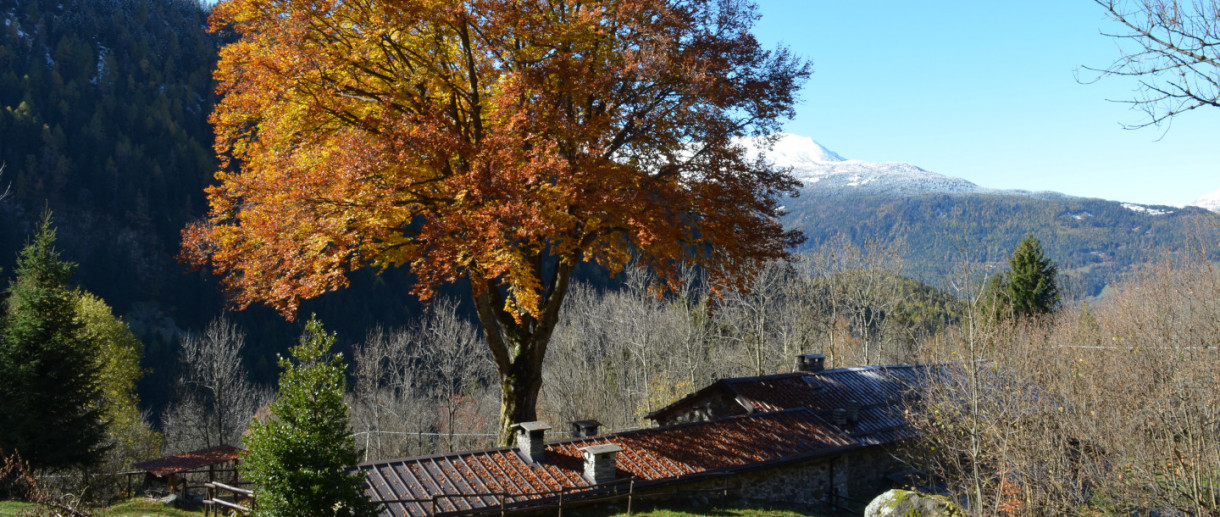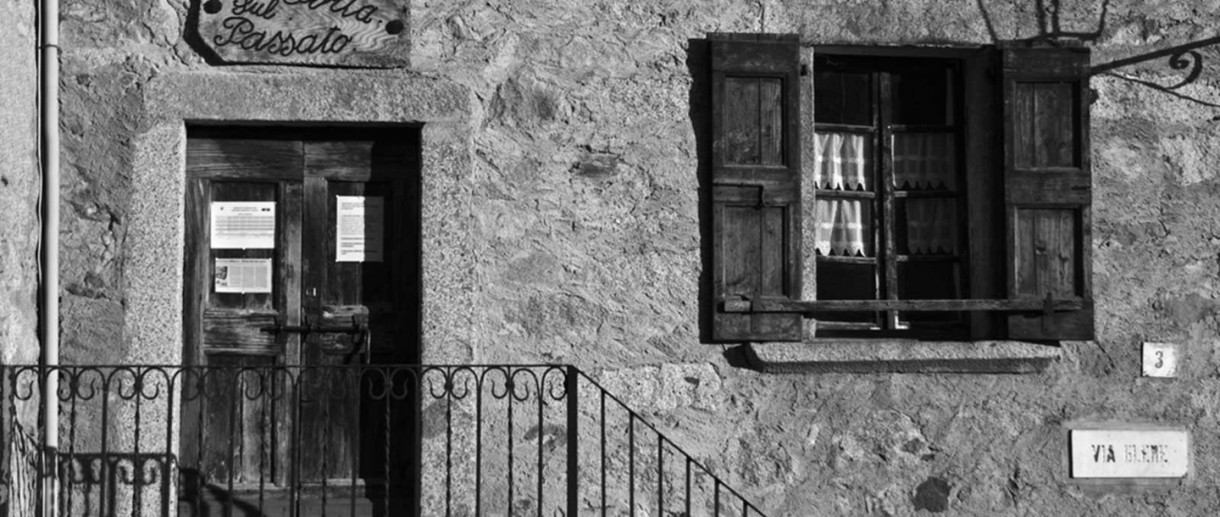- Active & Green
- Parks
- Villages
The Scots Pine of Paspardo
Un secolare Pino silvestre cresce possente a pochi passi da importanti incisioni rupestri.
Val Camonica is known as 'the valley of signs' for its wealth of archaeological sites with rock carvings.
Its historical importance is such that the area, inhabited by the ancient Camunni civilisation, became the first Italian UNESCO heritage site in 1979. A fascinating site is the Capitello dei Due Pini (Two Pines Capital) in Paspardo, where rare examples of compositions dating back to the Copper Age (3rd millennium BC) appear on the rocks. The privileged panoramic position on the Concarena mountain range suggests that the site may have been a kind of astronomical observatory. The name of the locality is linked to the presence, in the past, of two imposing Scots pines (Pinus sylvestris) in the vicinity of the precious rock walls.
Today, only the larger of the two trees remains, but this does not mean that the place has lost its charm. The majestic pine tree, which is of great scenic value, is of truly significant dimensions for the species: its height reaches 25 metres, while the trunk has a circumference of almost 4 metres (diameter 125 cm). Through the analysis of the other felled specimen, its birth was estimated to be around 1850. It enjoys a dominant position with respect to the Val Camonica, over which it possesses an incomparable view. Within the Rock Art Natural Reserve of Ceto, Cimbergo and Paspardo, besides the archaeological heritage, one can also admire beautiful chestnut forests with monumental specimens.
A green monument that is accessible to the public.
